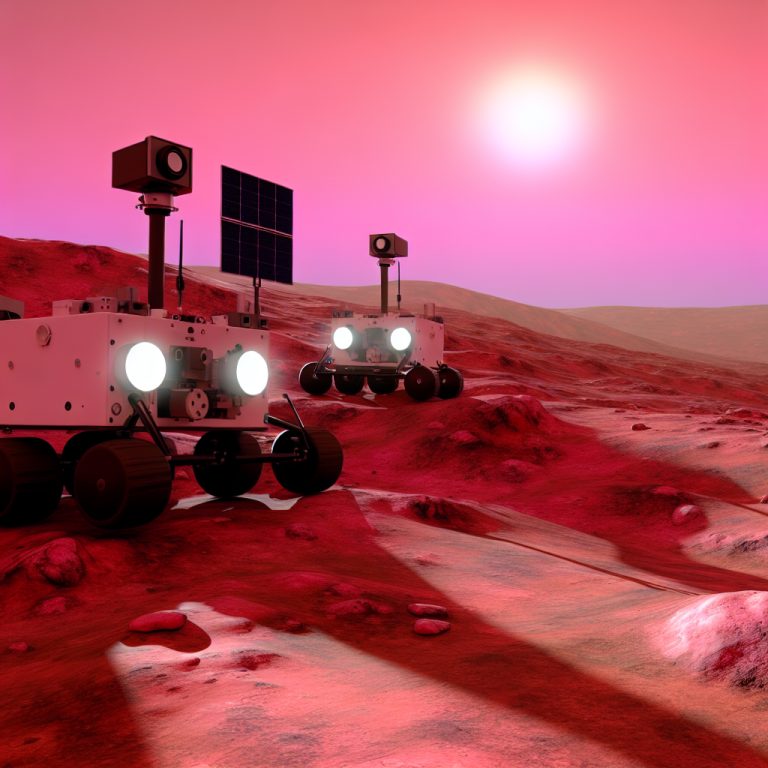Celebrating the 20th anniversary of the twin Mars rovers, Spirit and Opportunity, marks a significant milestone in our exploration of the Red Planet. Two decades ago, these groundbreaking rovers landed on Mars, changing our understanding of the planet and paving the way for future missions.
Initially, the focus was on the Sojourner rover, which was part of the NASA Mars Pathfinder mission in 1997. However, it was Spirit and Opportunity that truly captured the world’s attention with their discoveries. Over the course of 15 years, these rovers provided evidence that Mars was once warmer, wetter, and potentially capable of sustaining life.
Spirit touched down on Mars on January 4, 2004, with Opportunity following on January 25 of the same year. What was originally planned as a 90-day mission turned into an incredible journey of exploration. Spirit traveled an impressive 7.73 km over 2,210 sols, making significant discoveries along the way. One highlight was the finding of rocks at the Comanche outcrop, which were ten times richer in magnesium iron carbonate than any previously studied Martian rocks. This discovery pointed to the existence of a chemically neutral, wet, and warmer environment on ancient Mars.
Meanwhile, Opportunity made its mark with the discovery of small spherules, dubbed “blueberries,” rich in hematite near Fram Crater. It also found bright veins of hydrated calcium sulfate near the rim of the Endeavour Crater, suggesting the presence of water in the planet’s distant past. Opportunity’s exploration led to the detection of montmorillonite, a clay mineral that typically forms in wet, mildly acidic conditions, further indicating the presence of a habitable environment in Mars’ ancient history.
Both rovers provided invaluable data and images that changed our perceptions of Mars, showcasing its geology and potential for past habitability. Furthermore, the rovers’ resilience and longevity demonstrated the success of well-designed robotic missions in space exploration.
As we celebrate the achievements of Spirit and Opportunity, the legacy of their discoveries lives on in the current Mars mission, Perseverance. The rover, part of the NASA Mars 2020 mission, is continuing the search for evidence of past microbial life and collecting samples for future return to Earth. Additionally, the mission included a technology demonstration in the form of the mini helicopter, Ingenuity, which successfully completed five flights before experiencing blade damage upon landing.
Looking to the future, the ExoMars Rosalind Franklin mission aims to land a rover on Mars to search for signs of past and present life. While setbacks have delayed the mission, international cooperation and innovation continue to drive progress in the exploration of Mars. China also has plans for a sample return mission, Tianwen-3, in 2030, as other national and private ventures are in the works to further explore the moons of Mars.
In conclusion, the legacy of the Spirit and Opportunity rovers has inspired generations of humans to look to Mars and beyond. Their groundbreaking discoveries have transformed our understanding of our neighboring planet and laid the foundation for future exploration. As we continue to unravel the mysteries of Mars, the spirit of exploration and discovery lives on.




